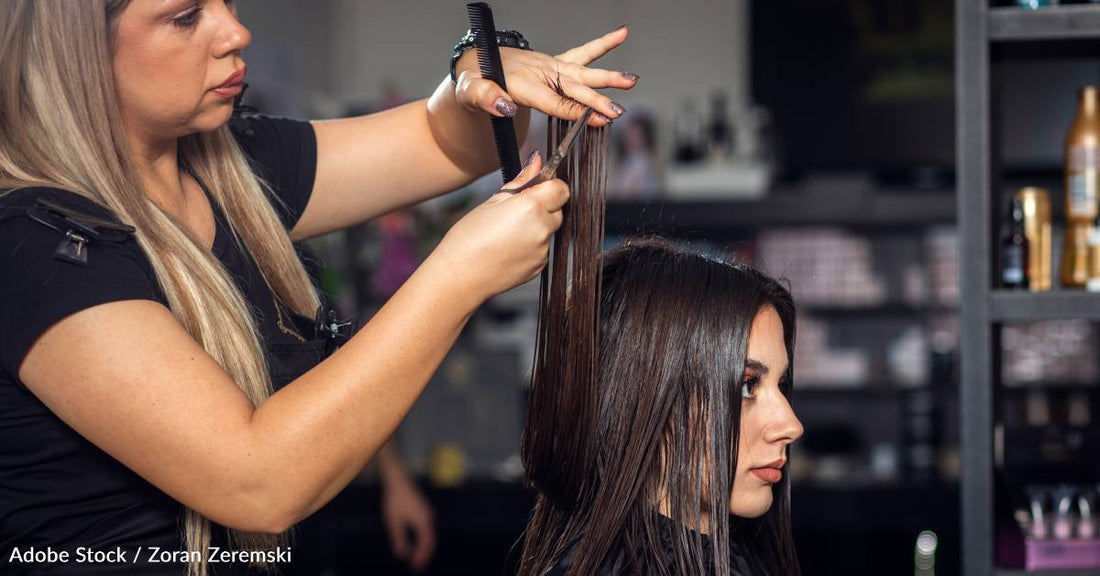New Study Links Certain Employment Sectors with an Increased Risk of Ovarian Cancer
Michelle Milliken
Ovarian cancer – which is rarely found early, when it’s more treatable – has a variety of known risk factors. Those include never having had children or having a first child after age 35, being overweight or obese, taking hormone therapy after menopause, and having a family history of ovarian or breast cancer. A new study finds there may be other risk factors, too, based on employment.
Research recently published in the journal Occupational & Environmental Medicine examined employment trends in women with ovarian cancer, finding that there were certain sectors with a higher risk. Those included hairdressing, beautician work, retail, and even accounting. The study indicates that certain substance exposures at these jobs may play a role.
To conduct their study, the researchers used data from the PRevention of OVArian Cancer in Quebec (PROVAQ) study, which involved women between the ages of 18 and 79 who had been diagnosed with epithelial ovarian cancer between 2010 and 2016. Data from 491 of these patients were included and matched with 897 women of the same age and electoral roll district who didn’t have ovarian cancer.
The research team looked at lifetime employment history, as well as estimates of exposure to certain substances in the workplace, to see how each were linked to the development of the disease.
After adjusting for possible contributing factors, the researchers found that working for 10 or more years as a hairdresser, barber, beautician, or related job was linked with a three times higher risk of ovarian cancer. Construction workers saw a nearly three times higher risk, while accountancy jobs saw double the risk. There was also a heightened risk for employees in the clothing industry, sales, and retail.
At the same time, eight or more years of exposure to 18 different substances were found to increase the risk by more than 40%, compared with no exposure. Those substances included talcum powder, ammonia, hydrogen peroxide, hair dust, synthetic fibers, polyester fibers, organic dyes and pigments, and chemicals in bleaches.
For 13 of these higher risk substances, hairdressers and beauticians had the most frequent workplace exposure. That includes ammonia, hydrogen peroxide, organic dyes and pigments, and bleaches. They also had the second most frequent exposure to talcum powder.
The researchers say that further study is needed, especially as it’s unclear if one specific substance, a combination of them, or other factors within the workplace contributed to the higher risk for certain jobs. However, they say their findings suggest there is a link between ovarian cancer risk and certain occupations and industries.
To read more from the study, click here.




